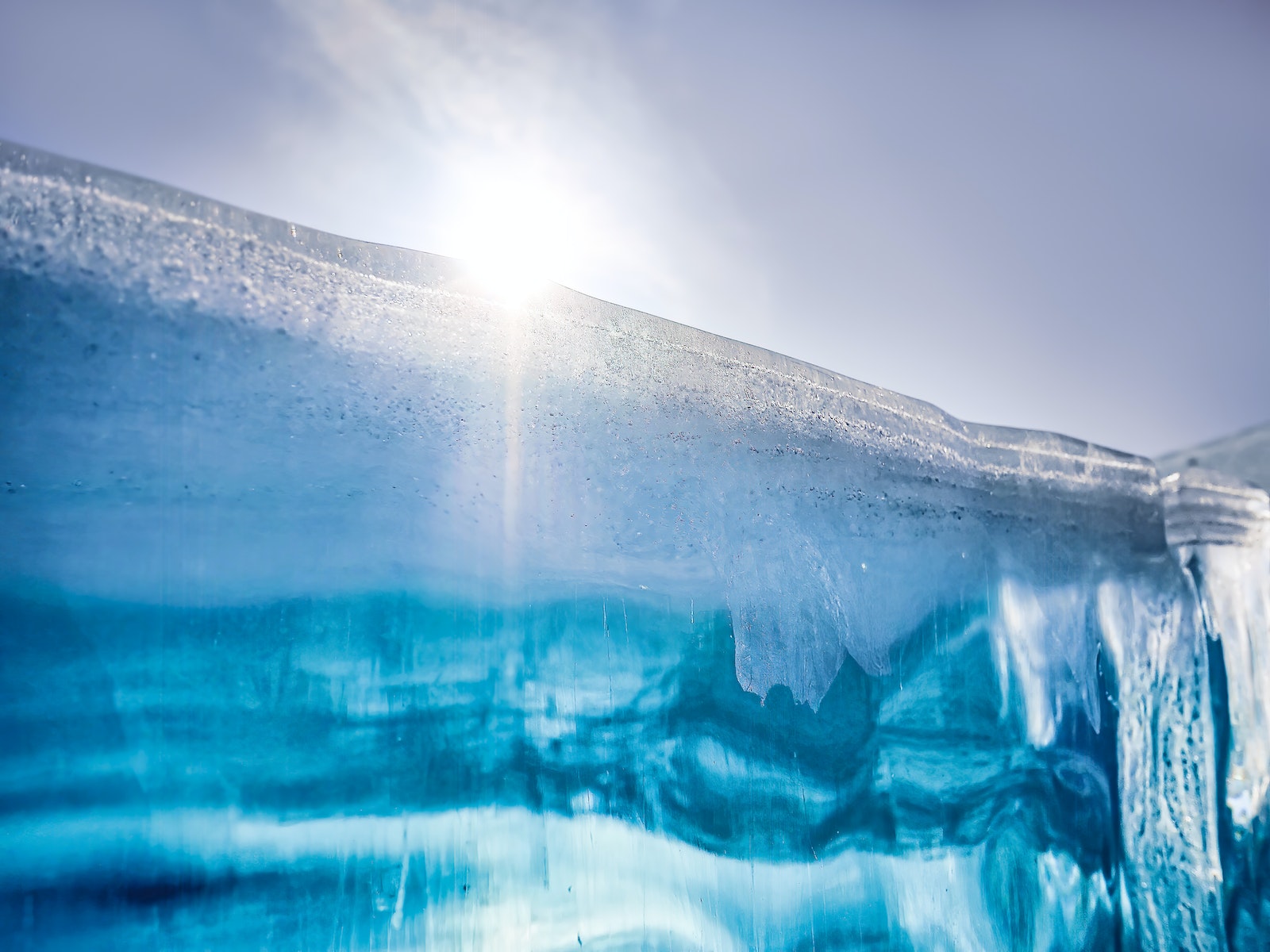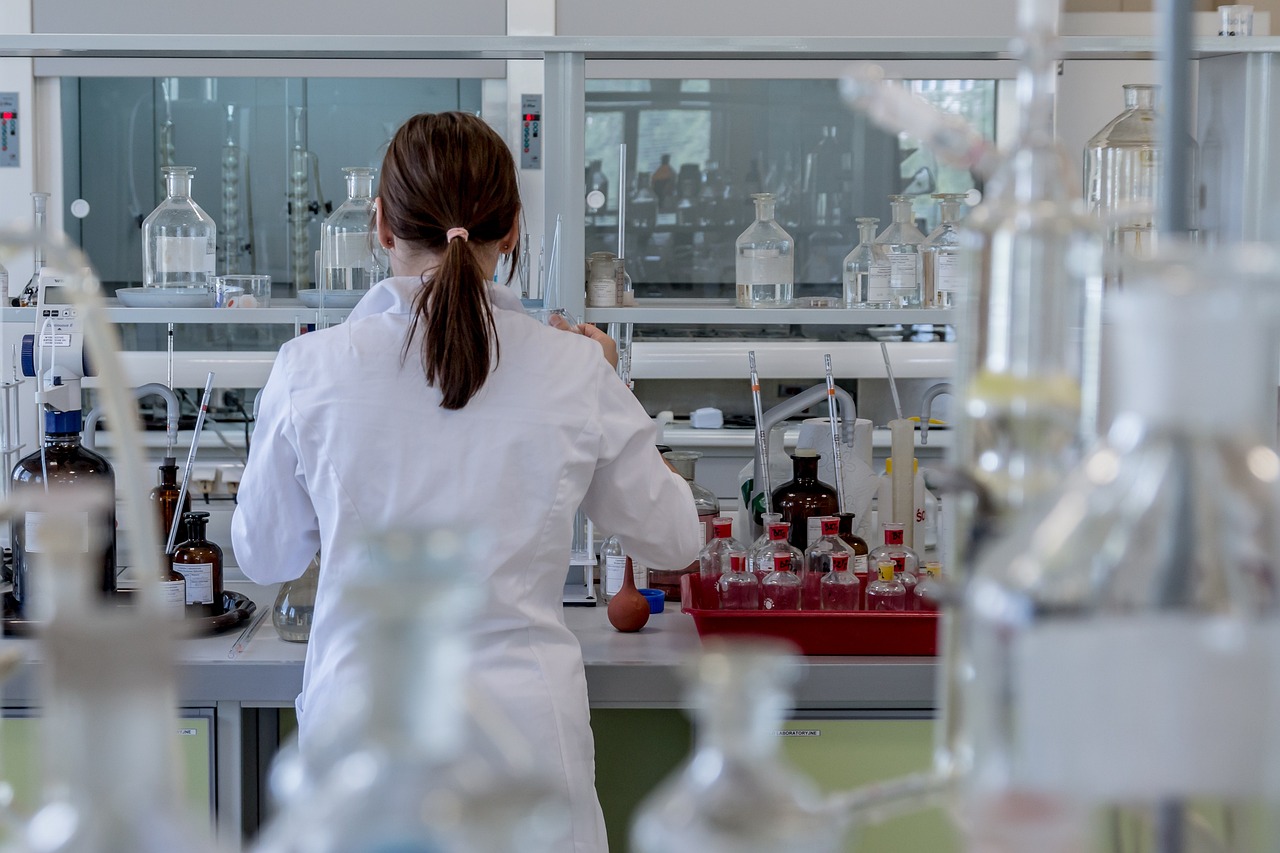Ozone Hole Getting Smaller: The hole in Earth’s ozone layer is finally healing, and scientists say it’s thanks to an international ban on harmful chemicals. The Antarctic ozone hole reached its annual peak last week and was the smallest it’s been since 1988, according to NASA satellite data. The news comes as a surprise to scientists, who had predicted that the hole would continue to grow in size due to climate change. Read on to learn more about why this is good news for Earth and what it means for the future of our planet.

What is the ozone hole?
The ozone hole is a region of the Earth’s stratosphere that has been depleted of ozone. This depletion is caused by human-produced chemicals, particularly chlorofluorocarbons (CFCs). The hole forms during the Antarctic spring, when the sun’s rays catalyze reaction between CFCs and ozone.
The hole has grown rapidly since it was first discovered in the 1980s, but recent years have shown signs of healing. In September 2018, scientists reported that the hole had shrunk to its smallest size since 1988.
This is good news for the planet, as the ozone layer protects us from harmful ultraviolet radiation. Additionally, healing of the ozone hole could slow down climate change, as CFCs are also powerful greenhouse gases.
How does climate change play a role?
Climate change plays a role in the ozone hole in two ways. First, warmer temperatures allow more ozone-destroying chemicals to enter the stratosphere. Second, climate change can cause changes in atmospheric circulation patterns, which affect the ozone hole.
The first way climate change plays a role is by allowing more ozone-destroying chemicals to enter the stratosphere. These chemicals are called chlorofluorocarbons (CFCs). They are used in many products, such as spray cans and refrigerators. When these products are used, the CFCs escape into the air and eventually make their way into the stratosphere. In the stratosphere, CFCs are broken down by ultraviolet light from the sun. This process releases chlorine atoms, which then destroy ozone molecules.
The second way climate change can affect the ozone hole is by causing changes in atmospheric circulation patterns. These changes can transport ozone-rich air from the tropics to higher latitudes, where it can mix with colder air and form a “hole” in the ozone layer. Additionally, climate change can affect wind patterns in a way that further enlarges the hole.
What are the effects of the ozone hole getting smaller?
The ozone hole is getting smaller, and that’s good news for Earth. The ozone layer protects us from the sun’s harmful ultraviolet rays, and it’s been slowly deteriorating since the 1970s. But new data shows that the hole is finally starting to heal, thanks to the Montreal Protocol, an international treaty that banned chlorofluorocarbons (CFCs), the chemicals responsible for destroying the ozone layer.
The healing of the ozone hole has had a number of positive effects on Earth. For one, it’s helped slow down global warming. CFCs are also powerful greenhouse gases, so by reducing their levels in the atmosphere, we’ve also reduced our impact on climate change.
Additionally, the healing of the ozone hole has led to an increase in stratospheric water vapor. This may sound like a bad thing, but it actually helps reflect some of the sun’s heat back into space, cooling the planet down.
So while there’s still more work to be done to protect our planet from climate change, the healing of the ozone hole is a promising sign that we’re on the right track.
How long will it take for the ozone hole to close?
The ozone hole is getting smaller, and that’s good news for Earth marred by climate change. The hole in the ozone layer was caused by the release of chlorofluorocarbons (CFCs) into the atmosphere. CFCs are man-made chemicals that were used in refrigerators, air conditioners, and aerosol cans. When CFCs are released into the atmosphere, they rise into the stratosphere where they come into contact with ozone molecules. The chlorine in CFCs breaks apart ozone molecules, causing a hole in the ozone layer.
The Montreal Protocol, an international treaty signed in 1987, phased out the production of CFCs. This has led to a decrease in the amount of CFCs in the atmosphere, and as a result, the ozone hole is slowly but surely closing up. Scientists expect that it will take several decades for the hole to completely close. In the meantime, the Montreal Protocol has been successful in preventing further damage to the ozone layer.
What can we do to help?
The ozone hole is getting smaller, and that’s good news for Earth marred by climate change. The ozone layer protects us from the sun’s harmful ultraviolet (UV) radiation, and it’s been slowly diminishing over the last few decades due to human activity.
But there’s some good news: according to a new study, the ozone hole is finally starting to heal.
“We’re seeing a decrease in the size of the hole, and that’s because of the decrease in chlorine,” explains study author Paul A. Newman of NASA’s Goddard Space Flight Center.
The cause of the decrease in chlorine is the Montreal Protocol, an international treaty that was signed in 1987 to phase out the production of chlorofluorocarbons (CFCs), which are damaging to the ozone layer. And it seems to be working: since the treaty was signed, levels of CFCs in the atmosphere have been steadily declining.
“It really is a success story,” says Newman. “The Montreal Protocol is one treaty that is having a very big impact.”
Now, there’s still a long way to go before the ozone hole is fully healed; but this news is a glimmer of hope in an otherwise bleak climate change picture. So what can we do to help?
Supporting the Montreal Protocol and other international treaties like it is crucial for protecting our planet and its inhabitants. You can also do your part by reducing your own CFC use, and by supporting businesses that are committed to CFC reduction.
Conclusion
The ozone layer is vital to life on Earth, and its continued deterioration would have catastrophic consequences. The good news is that the ozone hole is finally getting smaller, thanks to the Montreal Protocol. This international treaty has phased out the production of CFCs, which are responsible for the depletion of the ozone layer. The reduction in CFCs has led to a decrease in the size of the ozone hole, and while it’s still not fully healed, it’s slowly getting better. This is a major victory in the fight against climate change, and it shows that we can make a difference when we work together.
- Quantum Breakthrough: Room-Temperature Superconductivity Achieved
- India’s Cricket Fervor Hits Fever Pitch as World Cup Final Nears
- India Takes on Australia in the 2023 ICC Men’s Cricket World Cup Final
- Pharma Jobs: AIIMS Raipur Announces Direct Recruitment for 31 Pharmacist and Dispensing Attendant Positions; Applications Open till July 31, 2023
- Got Utkarsh Small Finance Bank IPO? Find Out NOW! Simple Steps to Check Your Allotment Status!
- Voltas and Zee Entertainment Lead as Volume Toppers in Stock Market; See High Trading Activity








